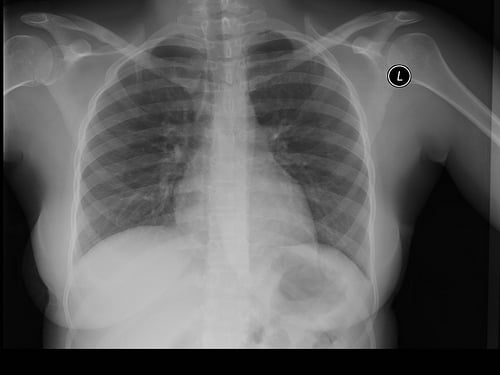Development professionals are taught to look for the deeper logic. Situations that make no sense on the surface often have clear motivations once you look deeper. I recently ran into one of those while assisting on a tuberculosis assessment here in Tajikistan.
Every tiny clinic in the former Soviet Union wants an x-ray machine. We’re up to our ears in TB here, and the clinics know that. They want x-ray machines to diagnose tuberculosis so they can start treatment as soon as possible.
But here’s the thing. X-rays are not the best way to diagnose TB. They haven’t been for a long, long time. The best way to diagnoses TB is Sputum Smear Microscopy. It is both very specific and very sensitive. In other words, it’s more accurate. And providers ought to know this. As befits a region of high tuberculosis prevalence, we’ve been blanketed with training on DOTS, the WHO standardized TB treatment protocol, which is based on diagnosis via sputum smear. All of these doctors asking for x-ray machines have had their DOTS training.
On the face, it’s kind of a depressing object lesson on the futility of training and attempts at change. These doctors seem to be clinging to their outdated knowledge, to the detriment of tuberculosis care.
Maybe it is just an object lesson. But there are a few more factors at play here. Sputum smears have to be examined by a laboratory. Clinics send them away to be read. In some rural areas, patients wait a week or more to get their sputum smear results back. And sometimes they can get lost along the way and have to be done again. X-rays might be less useful for diagnosis, but they’re immediate. A doctor can take and then read the x-ray right away; no one is dependent on faraway strangers with other priorities than your rural clinic. So perhaps doctors are not so much poorly trained as they are practical.
There are ways to make sputum smear microscopy more practical. We can improve the transport system, so that samples come back faster and don’t disappear. We can build labs closer to, or inside, health facilities and train local personnel to read the smears. But the doctors don’t believe that. That’s far away, and outside their experience. They want an x-ray machine they can see and touch and already know how to use. Who can blame them?
